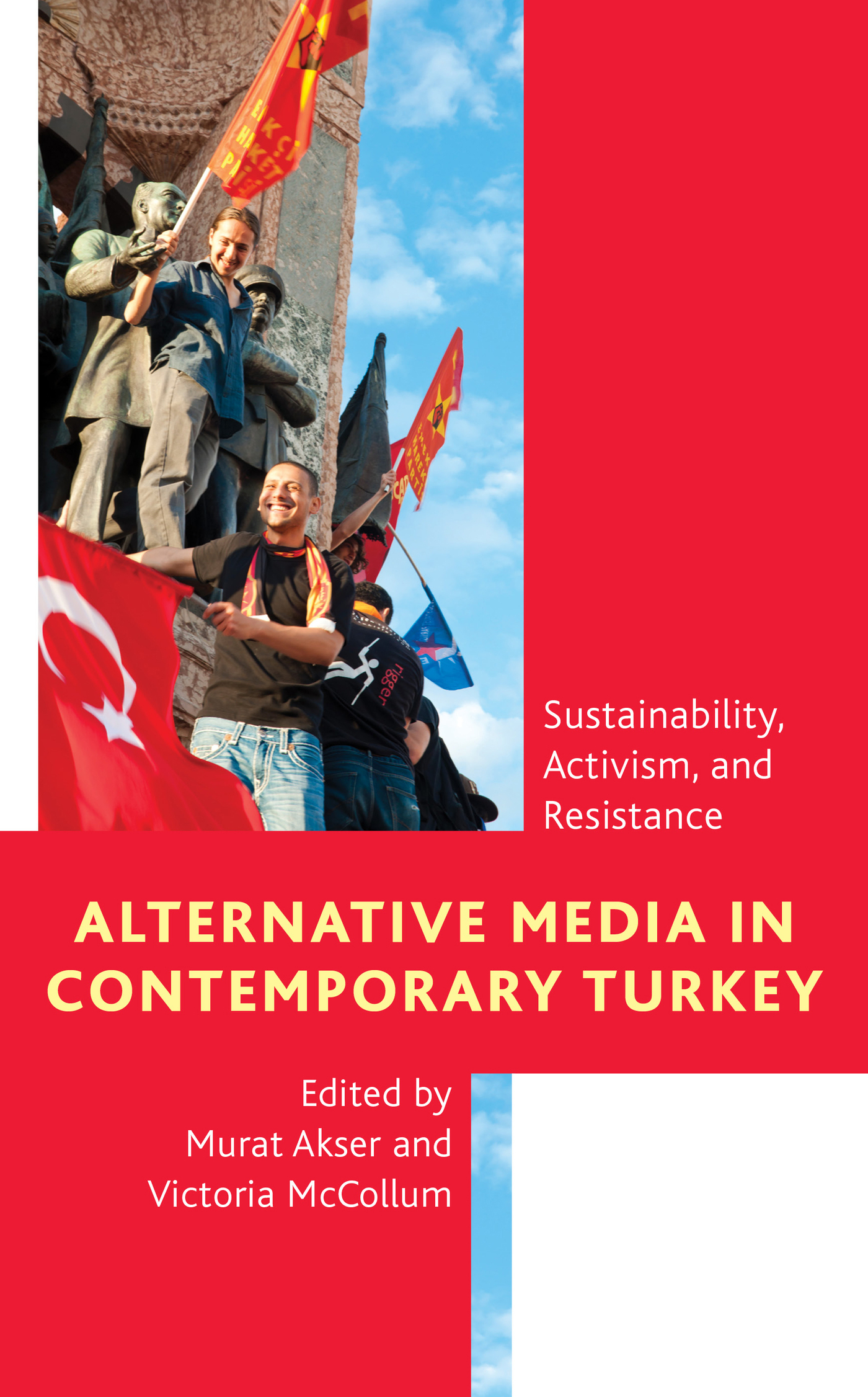Alternative Media in
Contemporary Turkey
Alternative Media in
Contemporary Turkey
Sustainability, Activism, and Resistance
Edited by Murat Akser and Victoria McCollum

London New York
Published by Rowman & Littlefield International, Ltd.
6 Tinworth Street, London SE11 5AL, United Kingdom
www.rowmaninternational.com
Rowman & Littlefield International, Ltd. is an affiliate of
Rowman & Littlefield
4501 Forbes Boulevard, Suite 200, Lanham, Maryland 20706, USA
With additional offices in Boulder, New York, Toronto (Canada), and London (UK)
www.rowman.com
Selection and editorial matter 2019 by Murat Akser and Victoria McCollum
Copyright in individual chapters is held by the respective chapter authors.
All rights reserved. No part of this book may be reproduced in any form or by any electronic or mechanical means, including information storage and retrieval systems, without written permission from the publisher, except by a reviewer who may quote passages in a review.
British Library Cataloguing in Publication Information
A catalogue record for this book is available from the British Library
ISBN: HB 978-1-78661-063-8
Library of Congress Cataloging-in-Publication Data
Names: Akser, Murat, editor. | McCollum, Victoria, editor.
Title: Alternative media in contemporary Turkey : sustainability, activism, and resistance / edited by Murat Akser and Victoria McCollum.
Description: London ; New York : Rowman & Littlefield International Ltd, [2019] | Includes bibliographical references and index.
Identifiers: LCCN 2018034138 (print) | LCCN 2018048444 (ebook) | ISBN 9781786610645 (electronic) | ISBN 9781786610638 (cloth : alk. paper)
Subjects: LCSH: Alternative mass mediaPolitical aspectsTurkey. | Social mediaPolitical aspectsTurkey. | Communication in social actionTurkey. | Communication in politicsTurkey.
Classification: LCC P96.A442 (ebook) | LCC P96.A442 .T9314 2019 (print) | DDC 302.2309561dc23
LC record available at https://lccn.loc.gov/2018034138
 TM The paper used in this publication meets the minimum requirements of American National Standard for Information Sciences Permanence of Paper for Printed Library Materials, ANSI/NISO Z39.48-1992.
TM The paper used in this publication meets the minimum requirements of American National Standard for Information Sciences Permanence of Paper for Printed Library Materials, ANSI/NISO Z39.48-1992.
Printed in the United States of America
Acknowledgments
The genesis of this book owes a lot to a June 2016 social media and politics symposium presented by Ulster Universitys Arts and Humanities Research cluster. The successive research directors Frank Lyons, Thomas Maguire, and Brian Bridges at Ulster University supported this symposium. Professor Jan Jedrzejewski, our dean at Faculty of Arts then, and Professor Paul Moore, head of the School of Creative Arts and Technologies, were great sources of support and inspiration. Through this symposium, we were able to address some of the key issues related to the uses of social media during social protest movements, such as Occupy, Tahrir, Euromaidan, and Gezi Park. During the symposium, the participants shared their perspectives from countries as diverse as Russia, China, Ireland, and Morocco. We have learned a great deal of comparative methodology from distinguished scholars like Fatima El-Issawi, Anastasia Denisova, Sally Chen, Lina Dencik, Joss Hands, Daniel Trottier, Paul Reilly, and Jakob Svensson. Unfortunately, time constraints and participants commitments to other journal publications prevented a timely publication of a collected volume back then. Hence the offshoot of such an ideaa book on Turkish alternative mediawas born out of the ashes of the former project. I would like to thank the invited participants in this volume for their speediness in addressing editing and proofreading needs. Some articles that address other areas of social media activism had to be excluded from the present volume. These are also giving way to a new project: Video Activism in Turkey (the title of our new book).
In this journey, I thank my editing partner Victoria McCollum from Ulster University. She was able to read the whole text and correct every line of it to make it more reader friendly as a final book. I am looking forward to future collaborations with her. I would also like to thank our two blind referees and our reviewers Isabel David, Robert Porter, Ayca Alemdaroglu, and Banu Akdenizli. The editors at Rowman & LittlefieldDhara Snowden, Rebecca Anastasi, and Patricia Stevensonwho made our lives easy deserve a huge credit for raising this book of highest academic caliber.
Introduction: Alternative Media in Contemporary Turkey
Murat Akser and Victoria McCollum
Sustainability, Activism, and Resistance
Alternative media is used to report news otherwise blocked by censorship or other restrictions on media in contemporary Turkey. It exists mostly as a form of citizen journalism in Turkey as a countering measure against restrictions imposed by the Turkish government since 2010. Its users fall into two broad categories. The first type of user is an ordinary citizen, a common user who is discontent with the way news is monopolized and subdued. The second user is a professional journalist, working in Turkish mainstream media, who seeks new ways of independent reporting (Yesil, 2018).
The common user rose to the challenge during the Gezi Park events in May to June 2013 and in the protest movements that followed. They were able to spread news not reported under the heavy media censorship, representing the other side of the coin. These were professional reporters that flourished during the 1990s liberalization of broadcasting and press in Turkey (Akser and Baybars-Hawks, 2012). These professional journalists found themselves unable to report through regular channels during the Gezi Park events. Those who tried to report news conflicting with the Justice and Development Party (AKP) governments discourses were either fired right away or pacified under threat. Many remaining journalists felt the pressure to self-censor (David and Toktamis, 2016). Those who no longer could bear the pressure to censor simply resigned, trying to protect the integrity of their profession. These professional journalists discovered new ways of gathering and spreading news, creating new citizen journalism outlets online.
There remain other historical motivations for both types of users to access and create alternative news for themselves and for those who identify with their politics in Turkey. The monopolization/corporatization of media since 2002, widespread government control/censorship of reporters, and the immediacy/availability of new media technologies are the major reasons that can be cited (Christensen, 2007). Then there was a breaking point: the Gezi Park protests in the summer of 2013, which showed the Turks what can be achieved while protesting an unpopular and increasingly authoritarian government through the use of social media and citizen journalism. More recently, the largest media conglomerate in Turkey, Doan Media, was sold by Aydin Doan to a government-friendly businessman, Erdoan Demirren. This transfer of media holdings puts more than 90 percent of all media in Turkey in the hands of the AKP government (Akser, 2018).
The theoretical discussions and framework of this book intersect media studies, journalism, and social movement studies. The creation of alternative outlets for political expression and the distribution of alternative news, by both citizens and professionals, toward a larger political participation determines the tone of this volume. The work on alternate media owes its beginnings to John Downings 1984 book
Next page
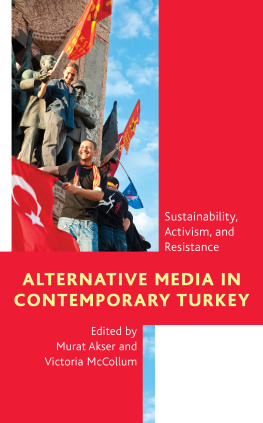
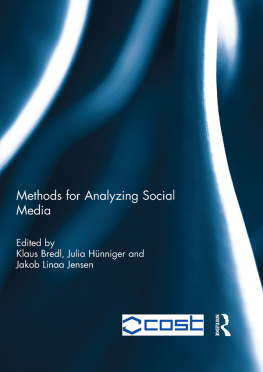

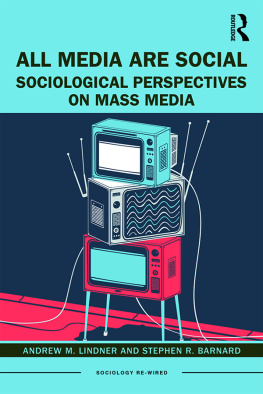
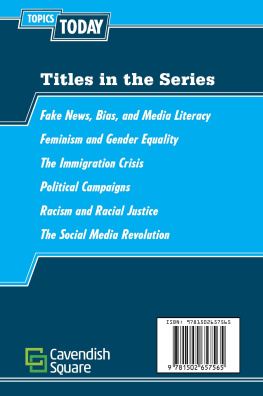
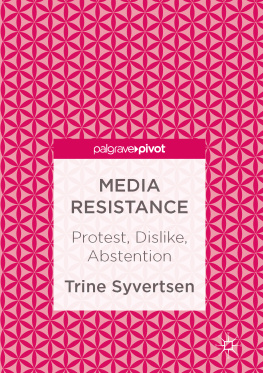
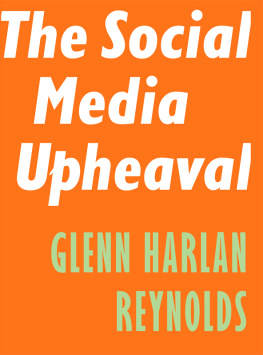
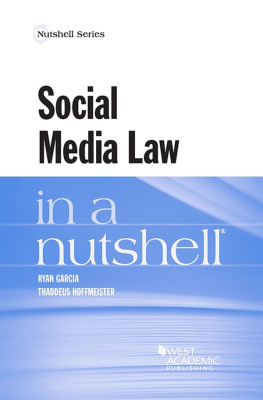
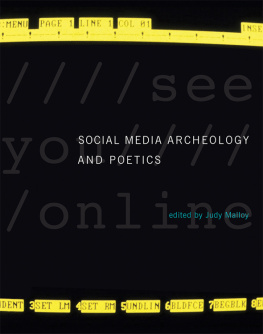

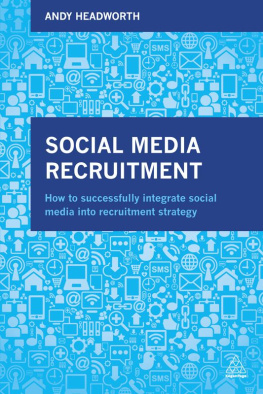
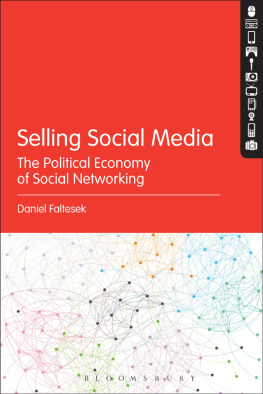

 TM The paper used in this publication meets the minimum requirements of American National Standard for Information Sciences Permanence of Paper for Printed Library Materials, ANSI/NISO Z39.48-1992.
TM The paper used in this publication meets the minimum requirements of American National Standard for Information Sciences Permanence of Paper for Printed Library Materials, ANSI/NISO Z39.48-1992.